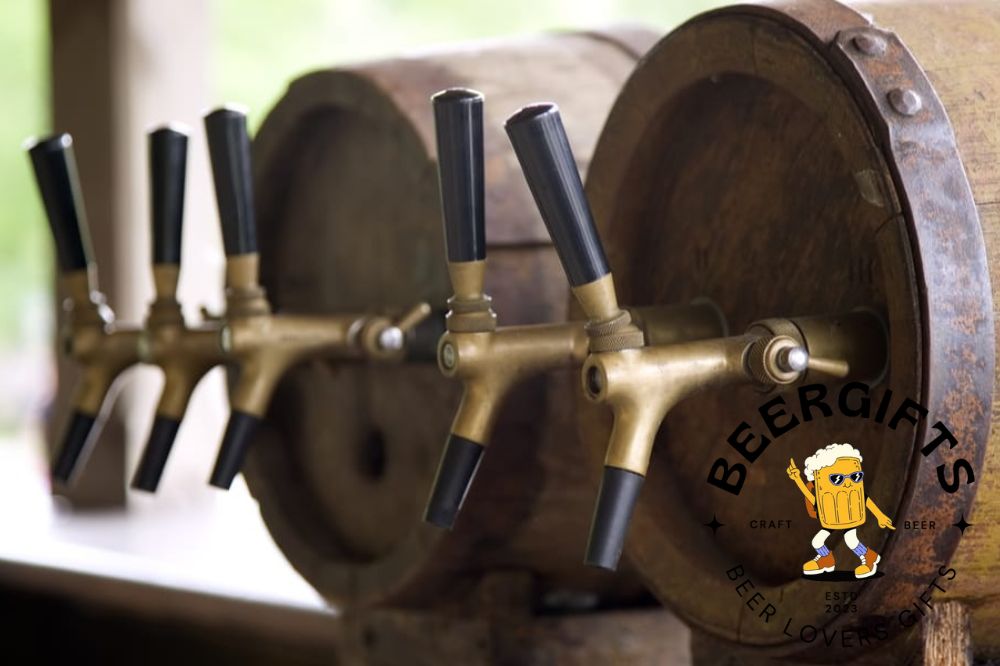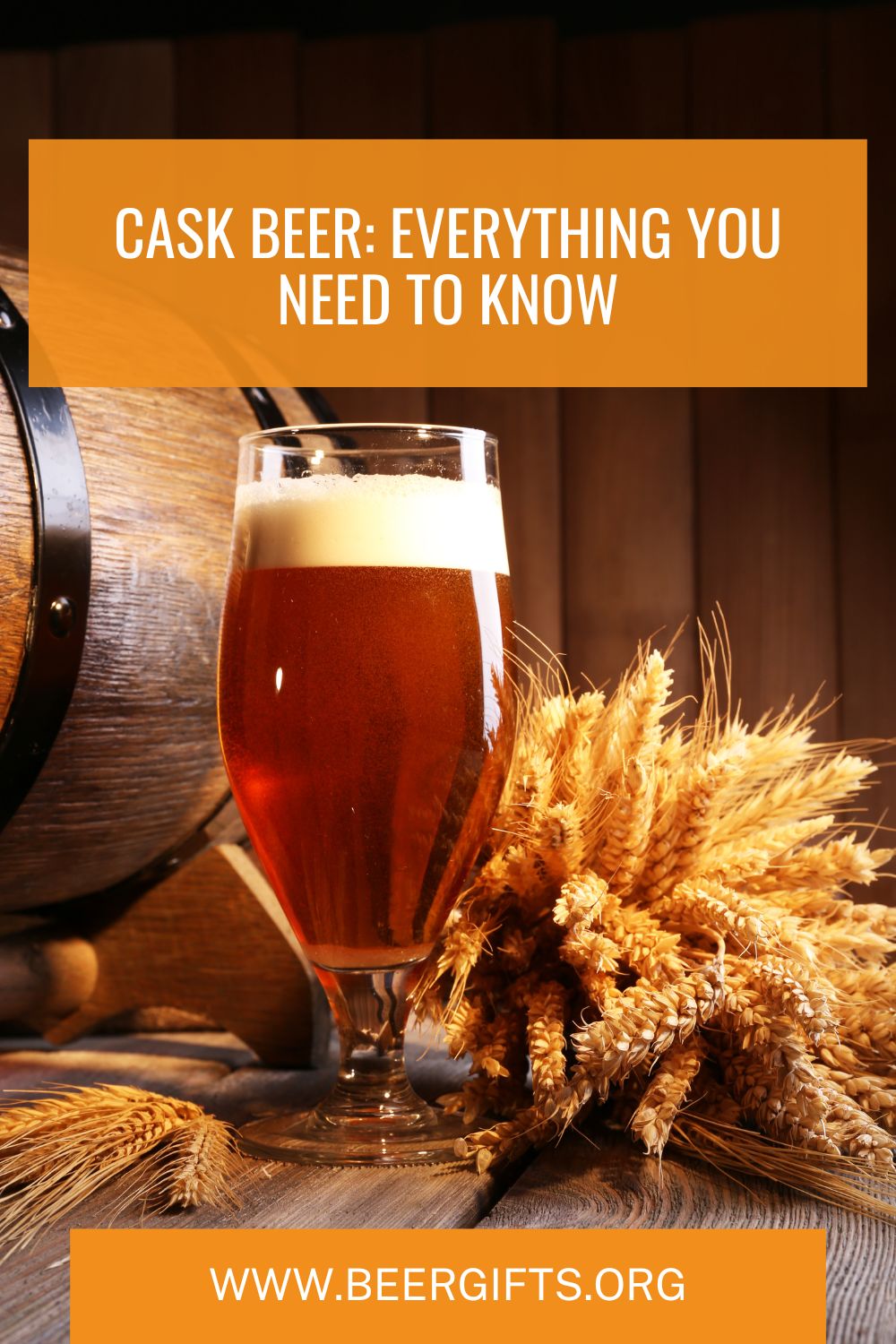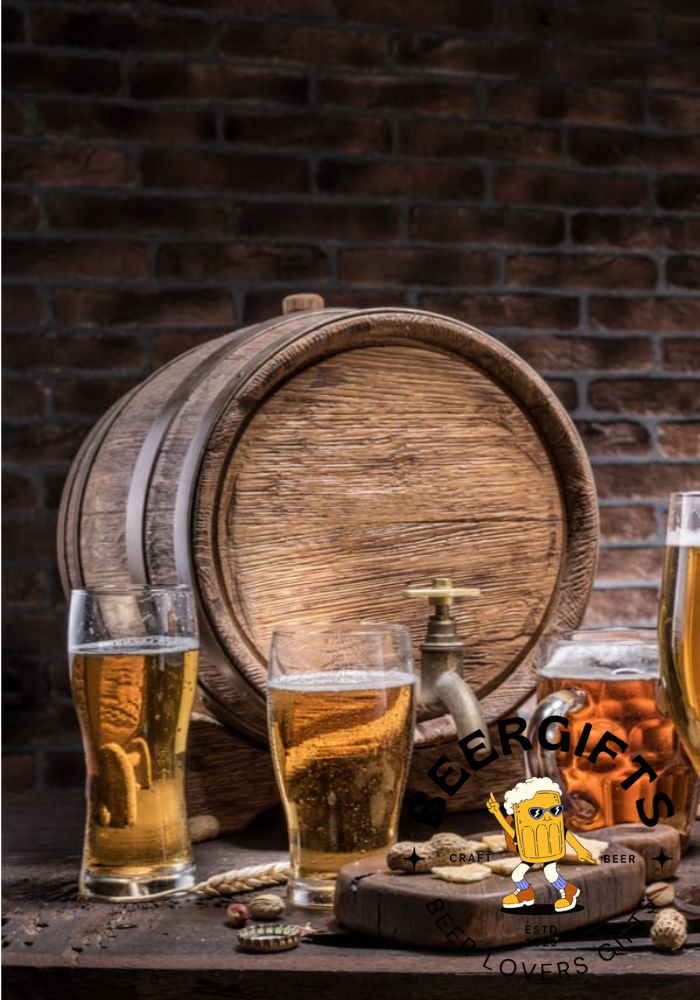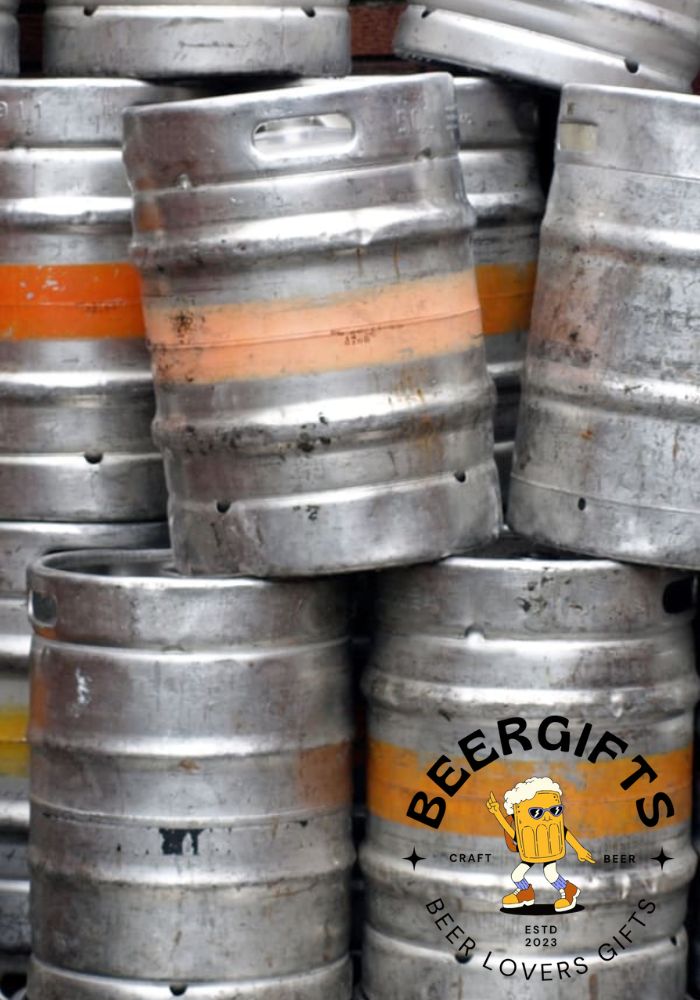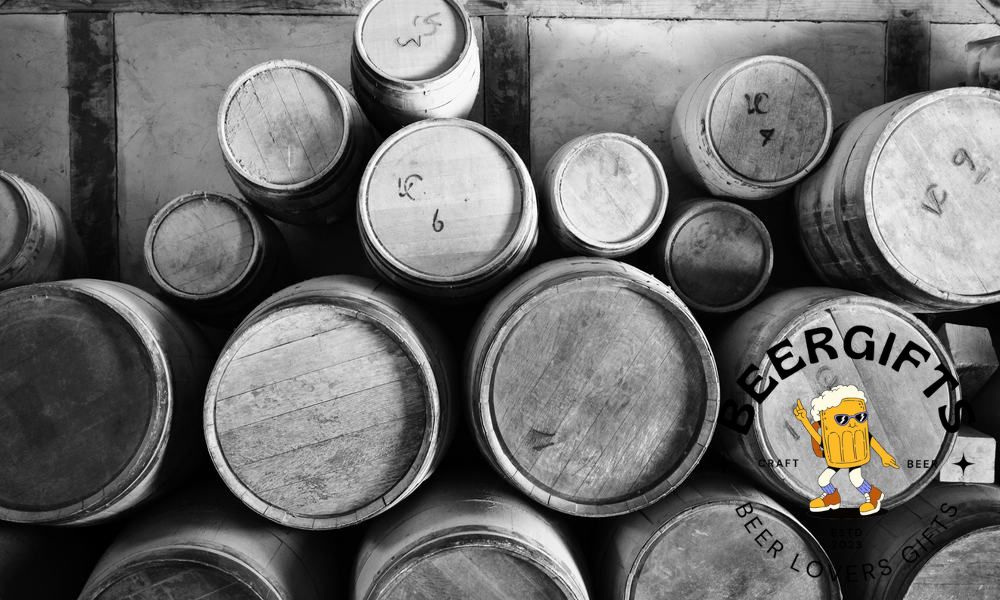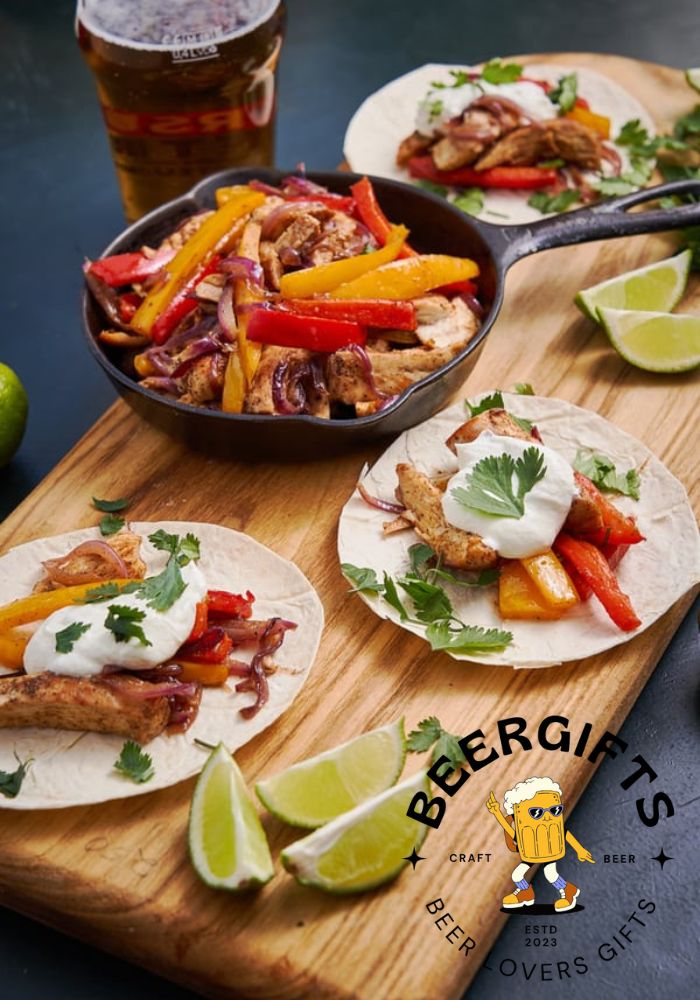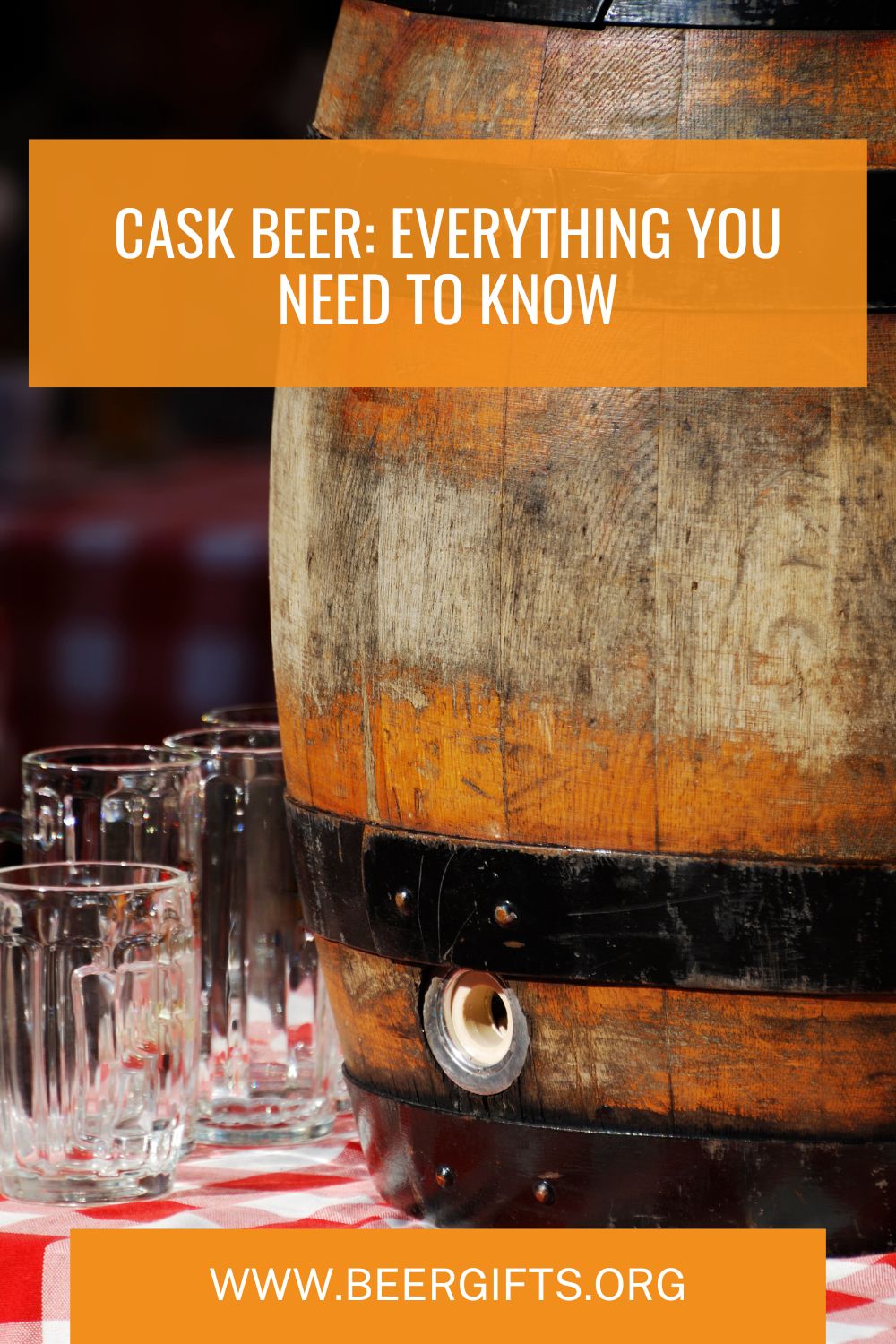Cask beer or cask ale is quite famous amongst beer enthusiasts. But not everybody knows about it. And, many are even confused about how cask beers differ from keg beers. If you’ve any such queries on cask beer, we’ll tell you everything you need to know about it in this post!
From what cask beer is to its history, to the foods that best compliment cask beer, you’ll find every small bit of information here. So, what is cask beer? How has its journey been in the beer industry? Let’s dive deep and find out!
What is Cask Beer?
In simple words, unfiltered and unpasteurized live products containing yeast that is served from the cask, where it’s gradually matured with the help of fermentation, is called cask beer.
When cask beer is kept in condition and managed properly, the yeast inside the cask settles down, which leaves us with the full-flavored and naturally carbonated beer that can be served using a hand pump.
Due to this process that the cask beer goes through, it is also sometimes called “Cask Conditioned” beer.
Cask beer is served directly without the use of carbon dioxide or any sort of chemical treatment. Later in this post, we’ll also share a cask beer recipe with you such that you can brew cask ale on your own.
History of Cask Beer
The art of brewing and serving cask beer has a long, rich history starting from the Middle Ages and still lives on up to this year, 2021.
There was a time in the mid-1900s where the cask ale started to diminish but sparking the creation of the Real Ale campaign (CAMRA) in 1971 simulated the rebirth from their initial phase searching for better quality ale.
After the formation of CAMRA, it has played an important role in recovering the real ale for over the past 10 years. But to a larger degree, the CAMRA has played a part in the growing popularity of local and artisanal products in general that has aided in putting the real ale back in bars.
Though new varieties of ingredients and swelling interest in beer types in these recent years have helped the beer market to halt the decline in this competitive market, cask beer still faces an uphill battle in this market.
Talking from the point of numbers, statistics show a 0.3m hectoliters downfall in 2018 sales, i.e., from 2.7m hectoliters to 2.4m hectoliters.
There have always been a few misconceptions over a period of time about cask ale, how it tastes, looks, and its markets only because of the poor cellar management and degrading quality issue of cask ale.
Cask Beer Vs. Keg Beer
Keg beer is filtered and carbonated using certain volumes of carbon dioxide and is pushed out of the keg with the help of CO2 whereas, the cask beer is distributed to the consumers using the traditional hand pump, or also called a beer engine.
Since no CO2 is present for pushing the beer out of the vessel, the air is allowed to get inside the cask, which as a result, pressurizes the distribution of beer.
The beer served from the cask must be consumed quickly within a few days, or else it will start to go completely flat and spoiled, whereas keg beers last for weeks or even months!
Unlike keg beers, the cask beer can be best served at 55°F, as in this temperature, you can enjoy the beer’s unfiltered texture and allow it to emerge in its original flavor.
Casks and their sizes
The word “Cask” can be used for containers of any size that are used for cask-conditioned ale. The word cask is known to be interchangeable with the word barrel. However, the barrel is only one of the specific sizes of casks. You’ll see down below what standard sizes the casks are available in.
Here are some of the cask sizes that are found in the cask ale industries:
- Pin = 4.5 gallons / 36 pints
- Firkin = 9 gallons / 72 pints
- Kilderkin = 18 gallons / 144 pints
- Barrel = 36 gallons / 288 pints
- Hogshead = 54 gallon / 432 pints
From all the above sizes used in the industries, firkins are the most common cask size in the brewing industry. Likewise, pins and kilderkin are also known to be quite popular cask sizes besides firkins.
The window until when you can enjoy your cask beer is quite limited. So, you need to consider the size of the cask you order to avoid wastage as well as the production of low-quality beer.
So, How Do You Make Cask Beer?
So, are you interested in brewing cask beer on your own? If yes, we’ve got you covered! Let’s go through the cask beer brewing procedure in-depth, shall we?
First of all, the malted barley is broken down to expose the central starch. In a mash tun, grist, the remaining product, is mixed with hot water for around 75 minutes. Here, the enzymes in the grist convert the center starch into fermentable sugars.
The resulting sugary solution is called wort. The wort is separated from the grain husks via the mash tun’s bottom. Here, the grain husks act as a natural filter. Once all the wort is collected, it is transferred into a large vessel, commonly called a ‘copper’. However, not all of these vessels are made up of copper these days.
Now, we’ve finally come to the sterilization process. The wort is boiled for about an hour, followed by the addition of the first set of hops. These first sets of hops are known to impart the beer-y bitterness to the final beer.
Now, depending upon what you want to brew, lager or ale, you have to cool down the wort accordingly – 18°C for ales and 12°C for lagers. Then, the cooled down wort is transferred to a fermenter, and the yeast is introduced.
For cask ale, the yeast strain used is significant and depends upon the type of cask ale you want to brew. Ale yeasts, a type of top-fermenting operator, are commonly used.
It also creates a thick frothy layer in the fermenter. Let the beer ferment for 2 to 4 days and let it mature for a week to develop the full flavor.
Now, fill the young beer into casks. Moreover, fining agents are added to the casks, and the conditioning cask ale is properly looked after. Finally, the casks are tapped and vented.
What to Pair Your Cask Beer With?
Beer food pairing can be quite overwhelming. Some combinations can be a super hit, and some can be a painful miss! To find out what your taste palate flavors, you must keep on experimenting.
But sometimes, you don’t want to risk your cask ale on experimenting, and we get that! For such situations, we’ll suggest you some food items that best compliment cask beer. However, these food items are not typical to cask ale but can be matched with any type of ales.
Asian food and Mexican food can be paired with your cask ale. Burgers, pizzas, nutty foods, as well as buffalo wings also complement the ale. Fried foods also match with cask beer, thus making it an easy beer option for summer picnics.
Moreover, if you want to experiment on your own, try to play with complementary or contrast flavors when it comes to food beer pairing.
How Long Does Your Cask Beer Last?
Now let us look at how long you cask beer last once it is opened. Unlike packaged commercial beers, cask beers last for a very short period. Once the beer is tapped from the cask, you need to consume it within 5-7 days of tapping.
The higher alcohol by volume content drinks or darker beers can be kept for a further 2-3 days without any deterioration.
Another factor that you need to consider is that the quality of your beer may degrade when your cask tap is not clean. So, always take care of your conditioning casks and tapping system.
Likewise, choose the cask size that will fit best for you. Choosing too large a size will only lead to unnecessary beer spoilage and wastage. The beer quality produced in an ill-sized cask will not be great either.
Moreover, if you want to increase the shelf life and the quality of your beer, regular inspections of your cask tap or vessel are also important.
Summary
With this post, we hope to have answered all your questions regarding cask ale. If you’re a homebrewer, you should definitely try making cask ale for yourself.
You might have heard rumors about how cask beer is just another ‘Old man’s drink’ and it is sour and flat, but you won’t possibly know unless you try for yourself, will you?
Moreover, people have a misconception that cask beer should be served warm when you should enjoy it at around 11-13ºC, i.e., cellar temperature. Now, try making a barrel of ‘Real ale’ and let us know down below how you liked it!

